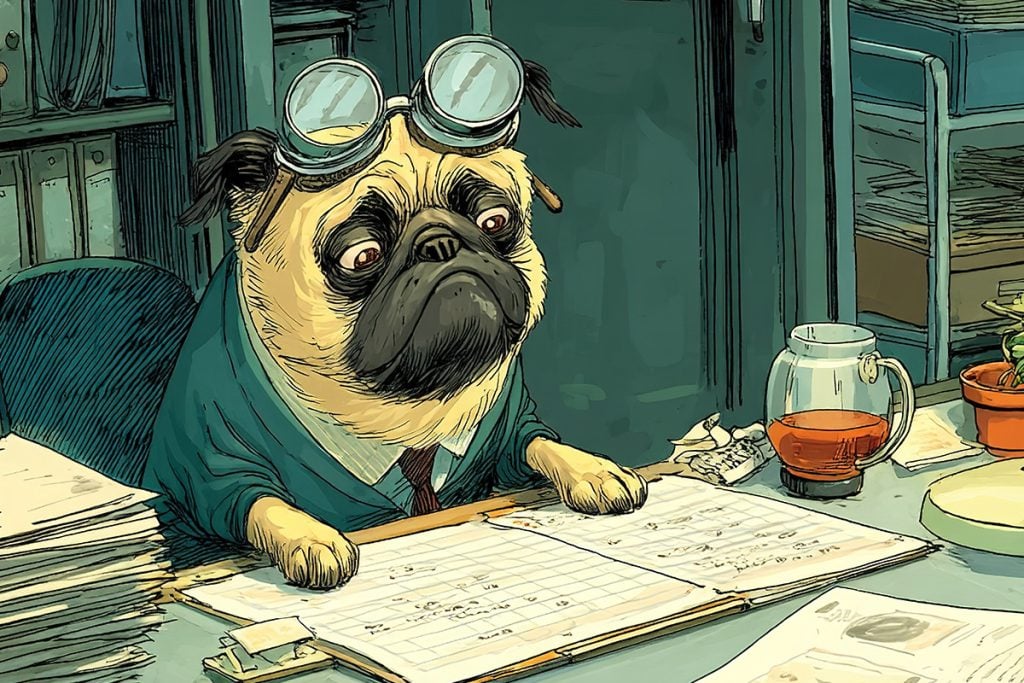
Diversity in the workforce is a hot button topic. But studies have shown that diversity isn’t only good for your company culture – it’s good for your bottom line. Having a team that represents different cultures, genders, socioeconomic background, ages and even ways of thinking is a plus for your business. It helps you see beyond your own perspective – and it helps you get into the heads of your consumers.
After all, the groupthink that comes with a leadership team made up of similar people may make it easy to agree on things, but it doesn’t make for an innovative workplace.
Let’s take a look at to build a diverse workforce – and avoid the death knell of groupthink.
It’s time to do away with “cultural fit”
Too often companies overlook great candidates due to a mismatch in “cultural fit.” A company that hires, promotes and builds teams based on “fit” is at risk of becoming an echo chamber. While the intent may be to build a cohesive team, all that happens is that the team begins to look and sound more and more like the people who are already there.
The unfortunate result is that those different ways of thinking and being end up being excluded. And that means that valuable discussions, ideas, and questions aren’t being raised. Without different perspectives, your blind spots remain blind.
The benefits of another point of view
Sure, there can be a learning curve involved when working with people who aren’t exactly like you. There may be differences in communication, working approaches, and even personal philosophy. But while those things may shake up your comfort zone a bit, they’ll benefit your whole team in the long run.
A diverse team has a chance to tackle problems in different ways. Those new ways often lead to both greater productivity and greater creativity. This is especially true when team members are given the green light to share their ideas, perspectives or approaches. There’s no point to having a team that’s diverse on paper but is expected to toe the line of “how things are done.”.
Diversity also means empathy. The more diverse your team, the better your team can identify with your entire customer base. If you’re missing out on an opportunity or alienating a potential subset of the market, having a diverse team is how you’ll find out. Instead of not knowing what you don’t know, you can be clued in – and do something about it.
How to build a powerfully diverse team
Building a diverse team isn’t about meeting a quota or checking off a list. It’s about wanting to build a team that reflects your customer base so that you can best serve the people who keep you in business.
To build a diverse team, you’ll want to look at people who exhibit either inherent and acquired diversity – or both. What does that mean? Inherent diversity is diversity that you’re born with, whereas acquired diversity refers to traits gained through relevant experience. People and teams with both are considered to have “2-D” diversity – and that’s good for business.
Your ideal team will have a range of skills, backgrounds, and approaches that complement each other. Together they’ll be well-rounded, engaged and willing to speak up and share perspectives. Ensuring that your team is balanced will help counteract any weakness and will create a unified team able to meet the needs of any client.
Whether you’re hiring from scratch or building a team from existing staff, you’ll want to step outside your current recruiting efforts.
Here are a few tips for building a diverse team or workforce:
- Remove hiring/selection process biases. Focus on what matters.
- Be open about your efforts. Ask for recommendations.
- Strive for balance and complementary skills. There’s strength in balance.
- Create a culture where team members feel free to express different perspectives.
- Invest in high performers. Provide coaching to ensure diverse candidates remain in the pipeline.
Groupthink is the enemy of business: it results in a company that lacks innovation and becomes set in its ways. A diverse workforce does the opposite. It keeps you relevant, innovative and empathetic to your customers, for better outcomes for all involved.
See Also:

